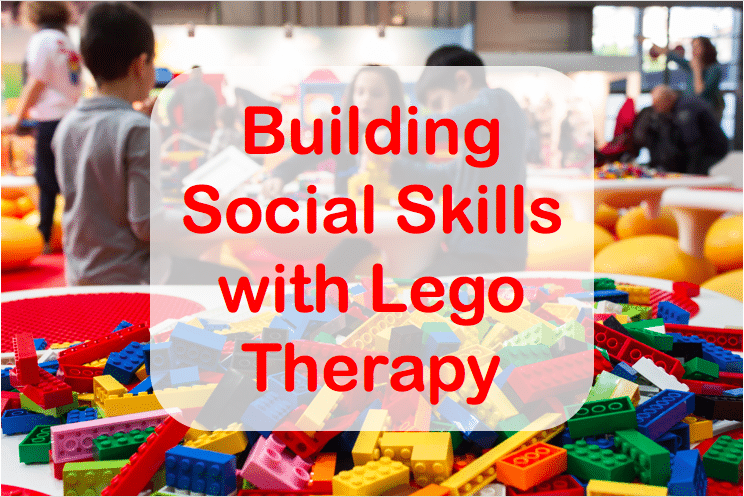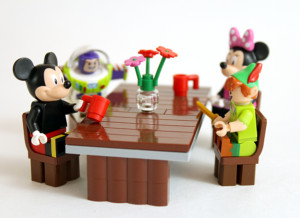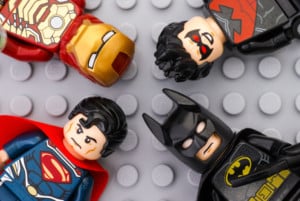This Scribble was scribbled by Amna (Speech and Language Therapist at TCP)
The Children’s Place had the privilege of hosting a fantastic training on LEGO® Therapy by the deeply experienced Dr Gina Gomez de la Cuesta, the first person to bring this approach to the UK.
LEGO® Based Therapy is a collaborative play therapy in which children work together to build LEGO® models. Instead of building LEGO® sets by themselves, children work in pairs or teams of three or more. The task of LEGO® building is divided into different but interdependent roles that encourage interaction and both verbal and non-verbal communication by participation in the activity.
LEGO® therapy has been proven to be an effective way for children with social difficulties to improve and practice their social interaction and communication skills. Improvements in social competence enable students to sustain lasting friendships and reach their highest potential.
LEGO® Therapy can promote the development of the following skills:
Fine motor skills
LEGO® bricks come in all shapes and sizes which small hands need to learn to assemble and take apart. Manipulating these bricks with their hands, fingers and arms, promote coordination and dexterity which children need for handwriting, crafts and independent dressing.
Turn taking
Each child is assigned a distinct role for a certain amount of time and then they are encouraged to take turns to play the different roles to keep them engaged.
Being a team player
Each child works in groups of three, each with a distinct role working towards a common goal (e.g. assemble a fire truck).
The Architect holds the building instructions, and is responsible for letting the others know which bricks are required (supplier) and how to put them together (builder).
The Supplier holds the LEGO® bricks necessary to assemble the LEGO® model, and is responsible for supplying the builder with the correct pieces and at the correct time.
The Builder is responsible for taking the individual pieces from the supplier, and putting the pieces together, according to the instructions given by the architect, to create the model. This set-up encourages the children to work collaboratively and facilitates skills such as joint focus, sharing, problem-solving, and communication.
Language Development
LEGO® Therapy can facilitate language development by focusing on vocabulary for colour, shape, size, attributes, and prepositions.
Asking for clarification
At times the instructions given by the Architect can be unclear. This gives a great opportunity to practice what you can do when you are not sure of what to do. You can encourage them to repeat the instruction (e.g. can you repeat that please”), or ask for more specific clarification (“does the red brick go on the yellow one?”).
Problem solving
Encourage the children to work on solving a problem together. For example, if they realise they are missing a LEGO® piece they require to build a tractor, facilitate them to weigh how important that piece is to complete their project (e.g. wheels would be critical to complete the tractor, while a door/window would not be as critical to complete it).
The Children’s Place is very excited to be introducing a LEGO® Therapy Holiday Camp during Easter. Please get in touch if you are interested in joining our lovely speech and language therapists and occupational therapists build social skills amongst many other skills together!
Resources:
LEGO®-Based Therapy – How to build social competence through LEGO®-Based Clubs for children with autism and related conditions. Daniel B LeGoff, Gina Gomez de la Cuesta, GW Krauss and Simon Baron-Cohen





Leave A Comment